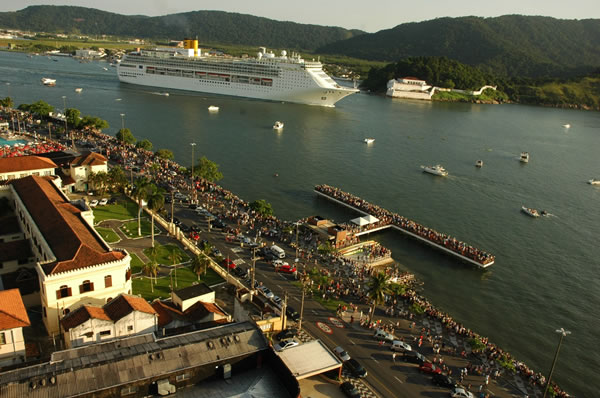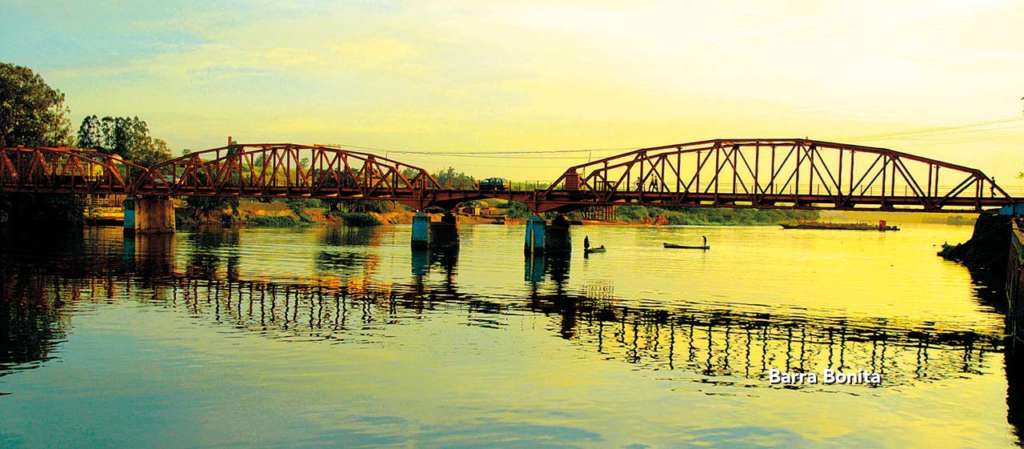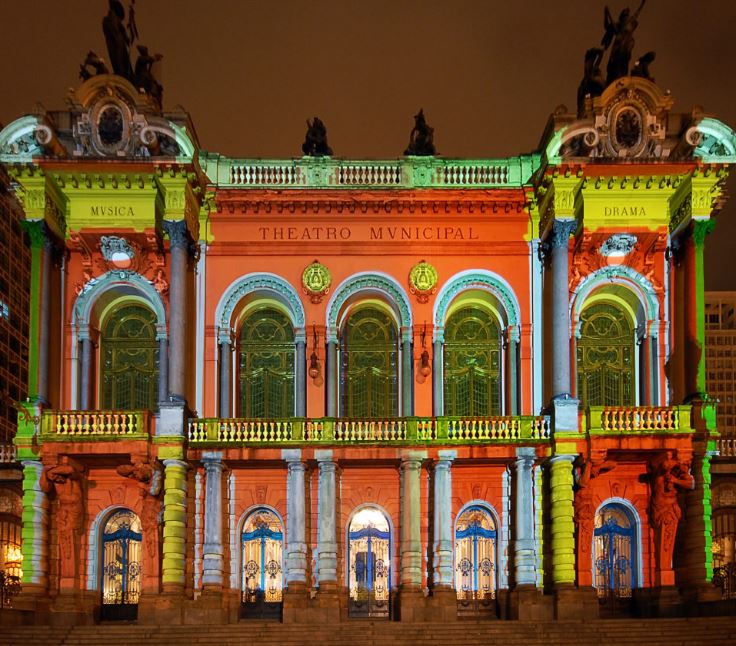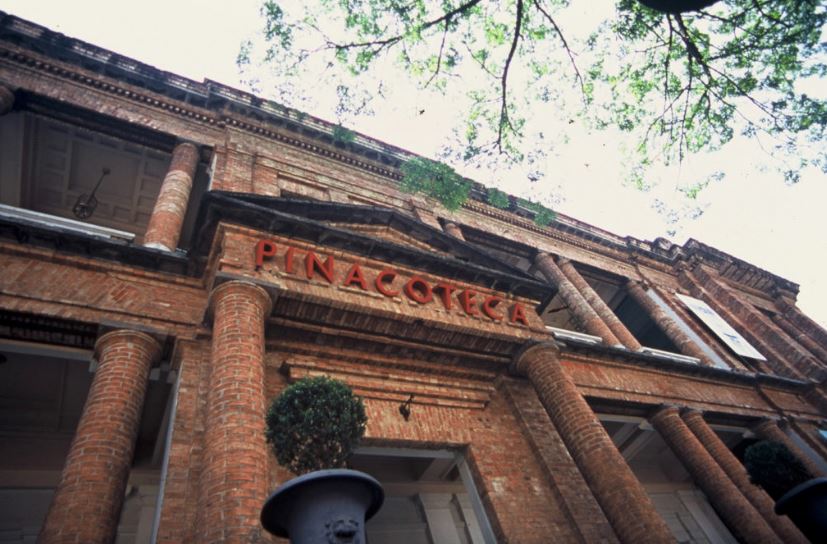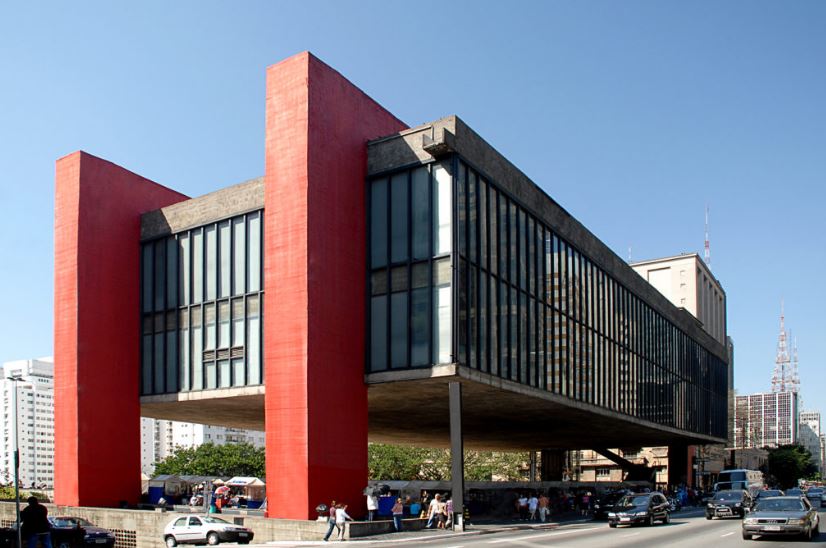São Paulo, like Brazil, is marked by the mixture of different peoples, who combined their heritage to form the identity of the people of São Paulo today. Currently, there are more than 70 countries that have left their mark on the city’s architecture, cuisine, sports and many other aspects.
The culture was marked by classical music with the Germans, who arrived in São Paulo – more specifically Santo Amaro – in 1827. Opera and lyrical singing were brought by the Italians, who came to Brazil in the 1870s, mainly for the south and southeast of the country. Still from Italy came influence in the plastic arts, with Alfredo Volpi and Victor Brecheret, who contributed to the modernist movement. This mix was responsible for elevating São Paulo to the category it is today, as the cultural capital of Latin America.
São Paulo has such a rich history that tells the life of a nation, a nation that houses in its territory, without exaggeration, characteristics from all corners of the world. This story began with a pioneering people, pioneers, who climbed mountains and opened forests to mark their territory in a topographical location that, from a security point of view, was perfect. Currently, the region is consolidated as one of the greatest economic and political powers in the world, continues to develop fully and is home to people from all over the world.
São Paulo is a surprising metropolis in everything, especially in its diversity. A mix of styles and cultures, it is also a great entertainment center: there are countless cinemas, theaters, cultural centers, museums, historic buildings, parks, art galleries, event spaces.
Whatever your style, the city has a lot to offer: knowledge, trends, memories, colors, flavors… Experience a São Paulo that’s your own!
EXPLORE SOME SÃO PAULO AND ITS ATTRACTIONS
São Paulo Municipal Market
Located on Rua Cantareira, in the Historic Center of São Paulo, the Municipal Market of São Paulo, popularly known as Mercadão, is one of the most important tourist attractions in the city. Full of leisure and commercial options, the building, which has more than eight decades of history, was opened in 1933, replacing the old Central Market, which operated outdoors on Rua 25 de Março.


